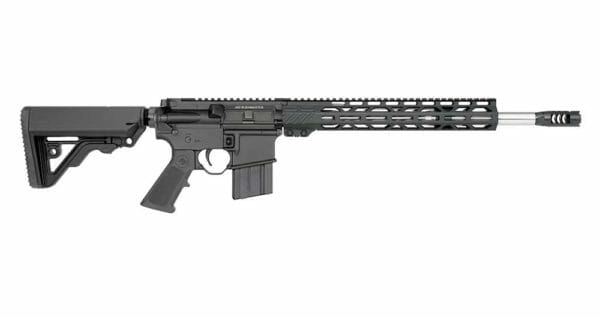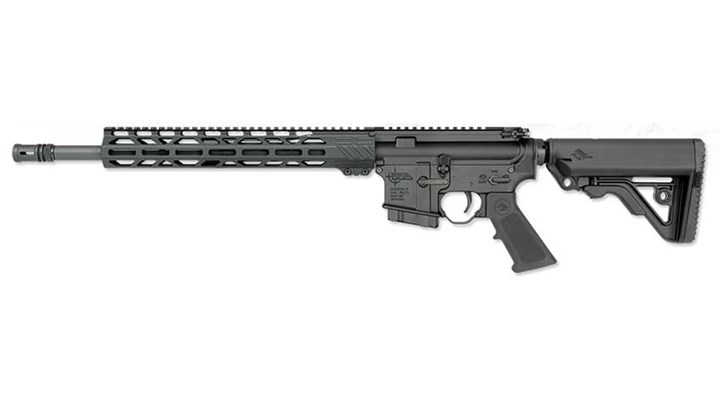Matching AR-15 Gas System To Buffer System, And What Does Covid-19 Have To Do With Brownells?
BY Herschel SmithBrownells on AR gas and buffer systems.
Eh, okay, whatever. I accept what they’re saying for nominal applications, but for fine tuning I think there is more to it than that.
On another but very interesting note, Brownells is assisting in the Covid-19 analysis.
Brownells, an 80-year-old, Iowa-based online firearm, and firearm accessories supplier has joined forces with Folding@Home to lend its excess computing power to help combat the COVID-19 virus sweeping across the globe.
Folding@Home is helping with an international effort to understand the molecular structure of the virus in hopes of finding ways to defeat it. Folding@Home has called on individuals and companies with excess server space and computing abilities to help execute computer modeling simulations to help speed up an otherwise huge and lengthy task.
“Our IT team learned about the Folding@Home project and their work using computer modeling to better understand the molecular and protein structure of the virus,” said Brownells IT Director Curt Graff. “We are committed to helping protect our country by virtue of our personal protection and sustainability products, but we see this as a way to support the international community in a time of significant need.”
Brownells anticipates it will donate at least 1,300 hours to the project and run approximately 200 simulations on behalf of COVID-19 research.
Okay, so this is really cool, and some of you may be confused, so I’ll do my best to explain this.
Processor speed hasn’t significantly increased for many years, but the ability to utilize threaded calculations has. Many PhD theses have been written on “massively parallel” computing, and most high performance computer codes today (that require billions of calculations) are written to be able to utilize thousands of cores (written, of course, for HPC, or UNIX High Performance Computing clusters). In my recent work, I’ve used more than 1400 cores for approximately 20 wall clock-hours for each simulation. That requires a lot of computing power.
Why on earth would Brownells have this kind of computing capacity, you might ask? I suspect, but I don’t know with certainty, that Brownells has these capabilities because of CFD (computational fluid dynamics) and FEA (finite elements analysis) for ballistics and bullet design.
Someone could prove me wrong by calling Brownells and discussing this with them, or I can. It might be interesting to find out. If they don’t have it for those reasons, they have it for some other reason, and it would be interesting to know. A number of large corporations who do advanced computing have access to thousands of cores, as do the national laboratories (who have the largest computers). It was a bit surprising to me that Brownells has access to the kind of computing power that these computer codes will need.
But I think it’s cool. Does some reader want to call Brownells and let us all know?
Either way, it’s nice to see that a firearms giant is helping in the battle against Covid-19. Hey, if Brownells helps find a treatment, do the gun controllers promise not to use that treatment? After all, they wouldn’t want to be in bed with the gunners, would they?





